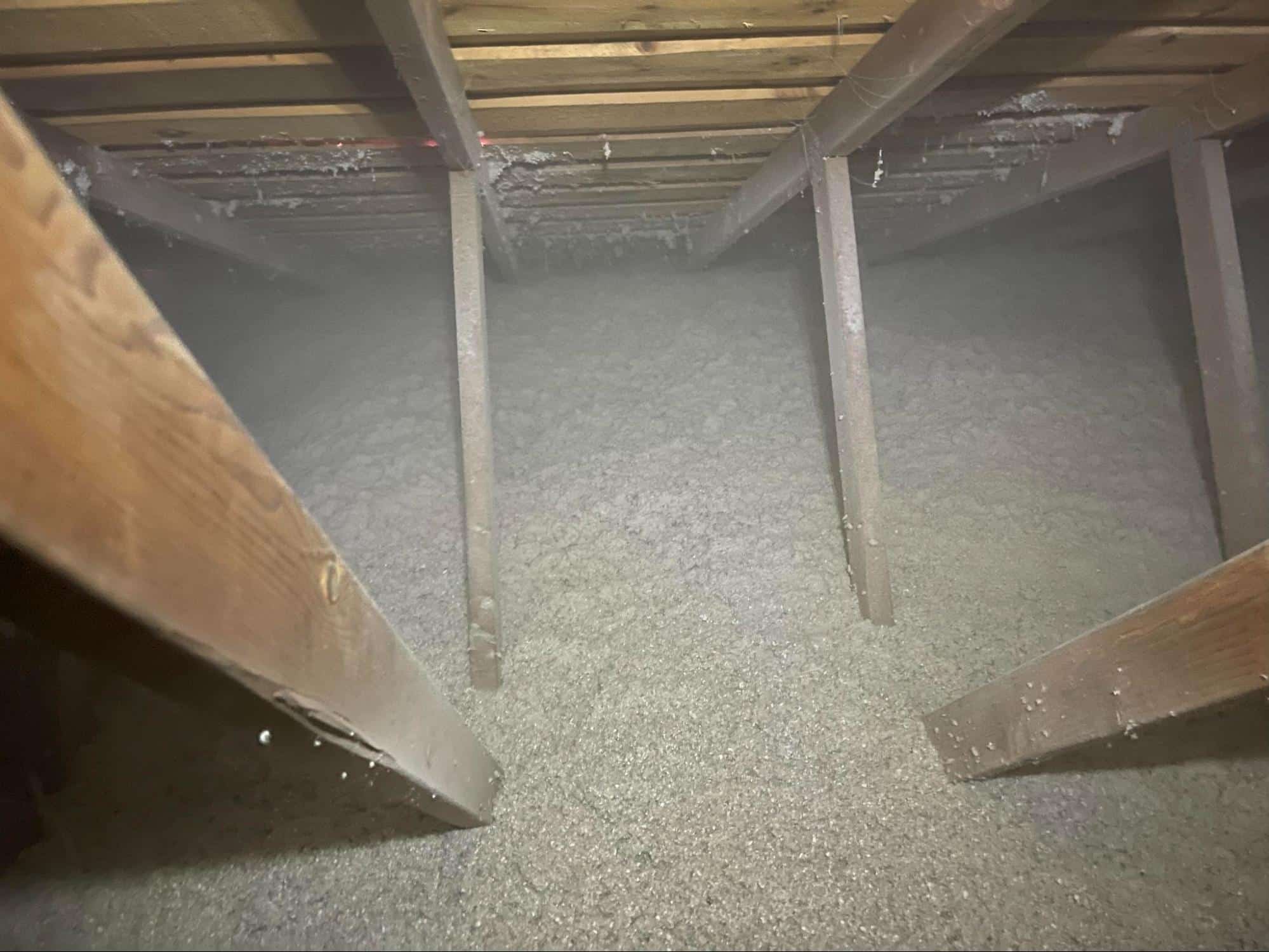The proper insulation of your attic is the key reason behind your attic saving or wasting energy. It also helps in the temperature control of your home.
Did you know? According to the U.S Department of Energy, the barriers consist of a highly reflective material that reflects radiant heat rather than absorbing it. They don’t, however, reduce heat conduction like thermal insulation materials.
Your attic is a big part of how comfortable your home is. Still, a lot of people forget about it when they think about controlling the temperature. If you’ve ever walked into a place that was too hot or too cold, the problem could be right above your head.
In this blog, we’ll talk about how attic insulation and an attic heat shield work together to keep your home cool in the summer and warm in the winter. So, read to the end!
Why Insulation in the Attic Matters
Insulation is like putting a lid on a pot. Without a lid, it’s easy for heat to escape. Similarly, if you don’t insulate your house, it loses heat in the winter and gains unwanted heat in the summer.
If the insulation in your attic is installed correctly:
- The indoor temperature stays the same.
- Your HVAC system does not have to work as hard.
- Your energy bills go down.
- Your home stays nice and cozy all year round.
Here’s how it works:
- This keeps warm air inside your home during the winter.
- During the summer, it blocks hot air from entering.
If you add an attic heat barrier, you can control the temperature even better.
How Attic Insulation and Heat Barriers Work Together
All day, the sun beats down on your roof. Heat from the living areas moves into the attic and then into the rooms below. A radiant heat barrier reflects this heat before it gets into the house.
Insulation and heat shields work together to provide:
- Thermal resistance makes it take longer for heat to move.
- Radiant reflection to bounce your heat away from your living space.
Types of Insulation That Improve Temperature Control
There’s no one-size-fits-all insulation. You can choose based on your income, your energy goals, and the way your attic is set up.
Here are some common types:

Note: The higher the R-Value, the better the material is at stopping heat flow.
Signs Your Insulation Needs an Upgrade
Common Symptoms of Poor Insulation
If your insulation is old, broken, or not installed properly, you may notice:
- Uneven room temperatures
- High heating and cooling bills
- Drafty rooms or hot upstairs bedrooms
- Ice dams on the roof in winter
- HVAC is running all the time
All of these are signs that the system is broken. You may also see insulation that is damp, moldy, or compressed, which makes it less effective.
Benefits of Upgrading Insulation
When you replace or improve the attic insulation, you get:
- Better comfort all year long
- Every month, you’ll pay less for energy.
- Longer life for HVAC systems
- Higher resale value of your home
- Noise reduction between rooms and outside
During the hot summer months, an attic heat shield can also help, especially in places like California or Texas that are warmer.
How to Choose the Right Insulation
Before you make changes, ask yourself:
- What is the current R-value of your attic?
- Do you need a heat barrier for summer?
- What is your budget?
- Are you going to do it yourself or hire a pro?
TIP: Have a home energy audit done. This will show you where and how much heat is leaving. You can then target those areas first.
When Should You Call a Professional?
If your insulation is more than 15 years old, you should probably get new insulation. Also, don’t wait if you see bugs, mold, or leaks.
Call a professional attic expert who can:
- Access your current insulation
- Recommend the right R-value
- Install both insulation and a radiant attic heat shield.
Note: Bad insulation not only makes you less comfortable, but it also hurts your roof, walls, and HVAC.
Don’t Let Your Attic Drain Your Wallet or Comfort
Your attic is the best place to stay cool in the summer and warm in the winter. By proper attic insulation and putting up a strong heat barrier, your home will use less energy, save money, and be more comfortable.
Trust the pros at My Insulation Guy to help you evaluate and improve your insulation. We specialise in insulation that is designed for performance and comfort. Visit our website or contact us to set up a free attic inspection today.
FAQs
- How can I tell if the insulation in my attic is still sound?
Check for signs like temperature changes that aren’t even, high energy bills, and insulation that looks damp, moldy, or flat.
- What kind of attic insulation works best in hot places?
In hot places, blown-in fibreglass or spray foam, along with an attic heat shield, works best.
- How long does insulation in the attic last?
Insulation usually lasts between 15 and 20 years, but things like water damage or pest damage can make it last less time.
- Can I put new insulation on top of old insulation?
Yes, as long as the old insulation is clean, dry, and free of mold. If not, it should be taken away.
- Is it worth it to put up a heat shield in it?
Of course. It keeps the heat out in the summer, which makes your air conditioner work less hard.

